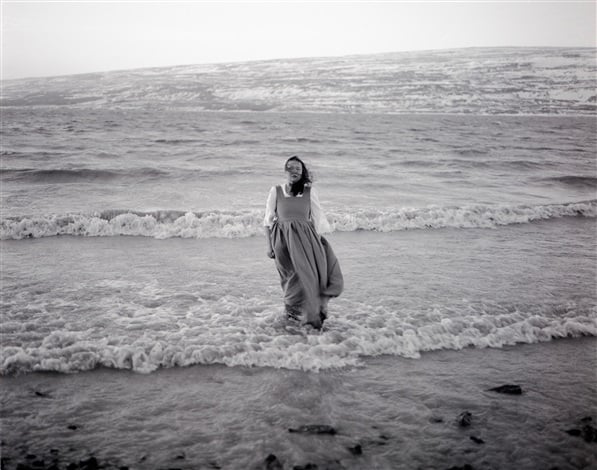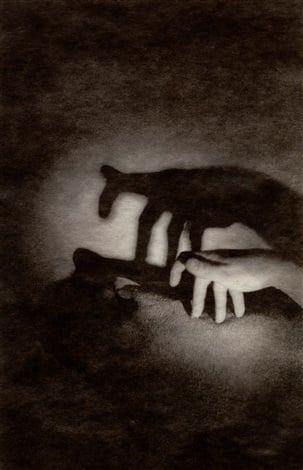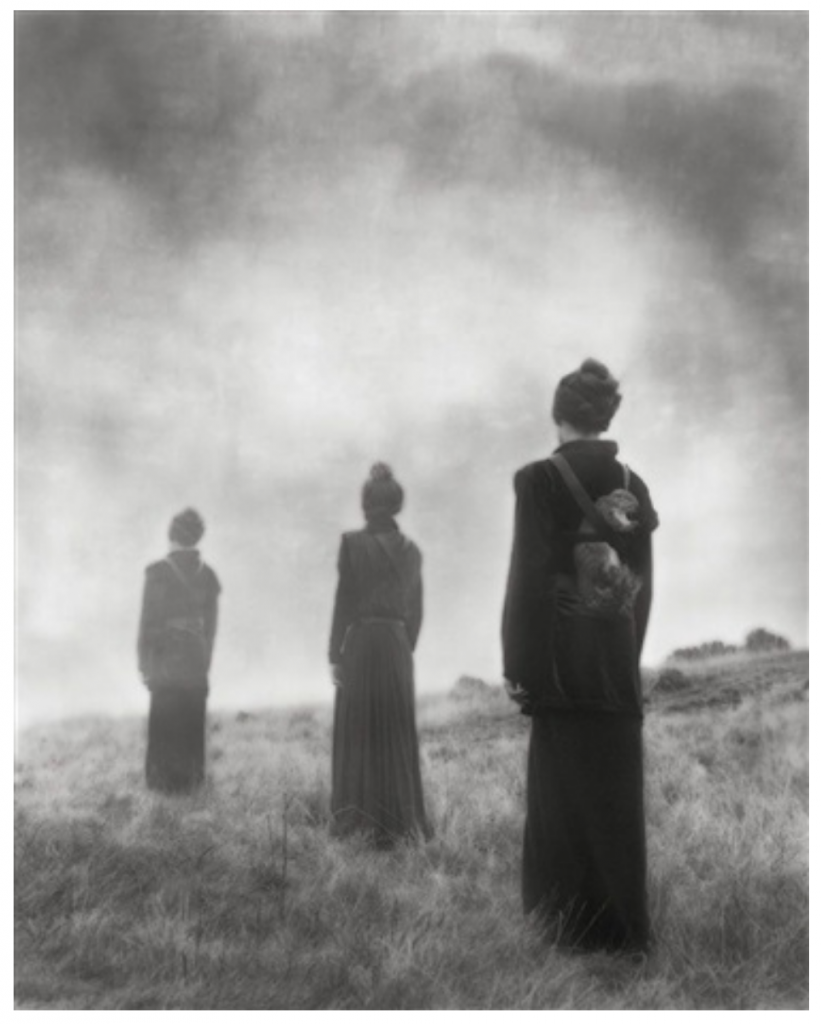Is a Neo-Romantic Photography Movement on the Horizon? Art Dealer Neil Folberg Believes It’s Already Here


Artnet Gallery Network

Neo-Romanticism may well be back in photography—at least according to photographer Neil Folberg, who is also the owner of the Vision Gallery in Jerusalem.
But it isn’t simply back—Folberg believes the spirit of the movement was never truly extinguished.

Jennifer Schlesinger, Here nor There #11 (2012). Courtesy Vision Gallery.
During the first half of the 19th century, the Romantic movement blossomed across the arts, music, and history. Led by the likes of Caspar David Friedrich and William Blake, visual artists aimed to capture a transcendent union between nature, science, humanity, and the divine.
Yet over the decades, like all movements, the predominantly German tendency fell out of favor, and Folberg understands why some bristle at the term being applied today.
“A curator preparing an exhibition of my ‘Celestial Nights’ series riled me when she wrote that my photographs recall works by Caspar David Friedrich,” he says. “Friedrich made paintings of dusky, moonlit scenes populated with distinct little figures dwarfed by the magnificence of the scene in which they are present. The paintings are designed to inspire awe in the viewer.”

Beth Moon, Three Figures (2007). Courtesy of Vision Gallery.
At the time, Folberg thought Romanticism was old fashioned and a bit cloying. Over time, however, he came to see deep similarities between his works and those of the Romantics.
The 19th-century artists had placed human perception and feeling at the center of the universe in response to the Industrial Revolution. Folberg, meanwhile, saw that he, too, had sought to capture a sense of the unknown.
He wrote of his photographs of the American West that they “were meant to convey the feeling of being alone in a vast desert wilderness, with endless horizons. That is not so very different than the feeling of awe that Romanticism sought out.”

Neil Folberg, Scorpius Rising (1997). Courtesy of Vision Gallery.
Folberg believes many photographers today are working—perhaps unknowingly—in that tradition, including Beth Moon, Agnieszka Sosnowska, and Jennifer Schlesinger, all of whom he represents.
He also suggests that a Neo-Romantic attitude is necessary to survive our era. For guidance, he points to a quote from historian Rüdiger Safranski: “Romanticism as an epoch has passed away, but the Romantic as an attitude of mind remains. It almost always comes into play whenever discontent with reality and convention seeks to escape, change, or the possibility of transcendence.”